Gardeners use greenhouses and greenhouses to grow “capricious” crops. The microclimate created under the shelter affects the formation of a friendly and rich harvest. However, heat and humidity also have a beneficial effect on the life activity of many pests. An ant colony can colonize a greenhouse with already growing plants. An anthill that forms among seedlings of cucumbers and rooted tomatoes threatens not only the harvest, but also the life of the plants. What control measures to take in such a situation are discussed in this article.
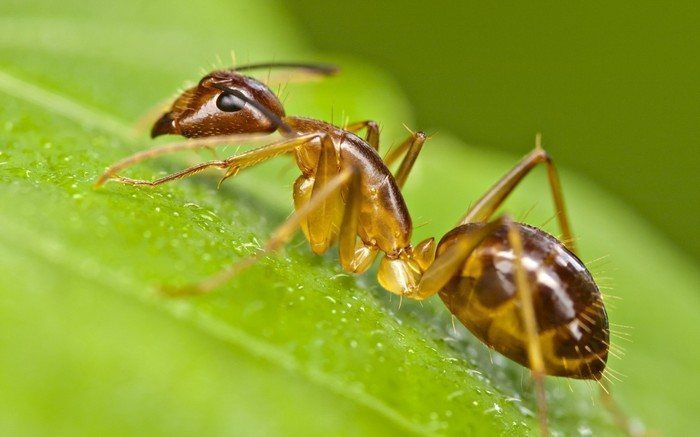
Ants in a greenhouse
Favorable conditions of closed ground attract insects. They quickly colonize warm, dug-up beds, destroying anthills in them. An irreplaceable orderly in nature becomes dangerous for cultivated plants. The harm of an ant in a garden plot is obvious:
- Colonization of aphids, which are a direct parasite of green plants.
- Destruction of young shoots. Ants chew through seedlings and roots that interfere with the construction of an anthill.
- Aggression against people. Ant bites can cause an allergic reaction in humans.
- Eating seeds and sprouts.
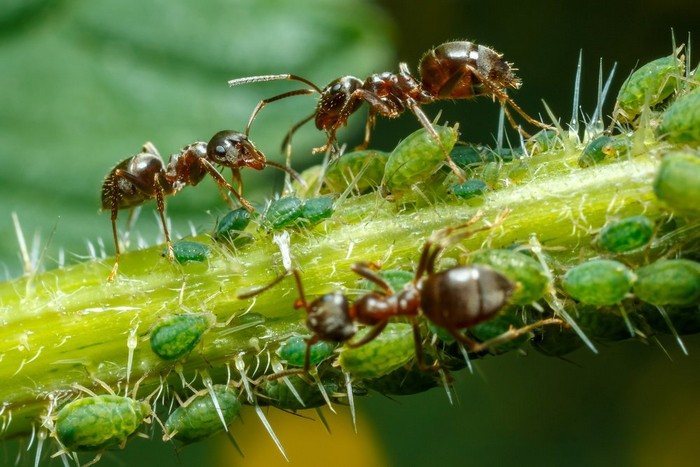
Ants cannot be considered only pests. In addition to harm, they also bring benefits: they loosen the soil, destroy pests and their larvae, and enrich the soil with useful substances.
How to deal with ants in a greenhouse
To combat harmful insects that have taken a liking to the beds with planted plants, professional means and folk methods are used.
Professional products
Most drugs offered in stores contain toxic substances and pesticides. When purchasing a product, it is important to consider the degree of harmful effects of the active component on plants and the possible impact on human health. To combat ants indoors, it is advisable to use relatively safe drugs:
- "Raptor". The drug is used to control insects in the garden or at home. The insecticide effectively kills ants without causing harm to humans and pets.
- "Arnest." Contains an active substance with a prolonged action. A one-time treatment of the greenhouse protects the plantings for several weeks.
- "Ant." The drug has increased safety and is sold in finished form.
- "Delicia" Active bait in powder form is used to prepare a solution and use it in dry form. Safe for humans.
- "Thunder". Contains the active substance – diazinon. The product is ready for use. In greenhouses it is used to combat ants and other plant pests.
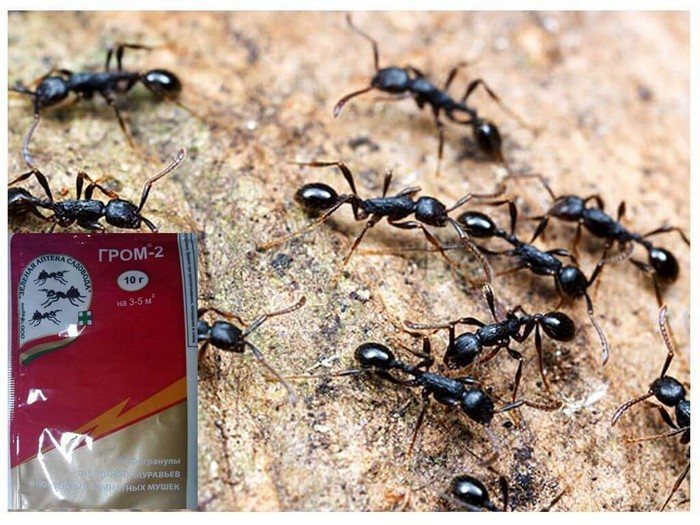
It is advisable to use chemicals when traditional methods have proven ineffective.
Folk remedies
Folk methods of fighting ants are passed down from generation to generation. Usually available means that are safe for humans are used. Methods most popular among gardeners:
- Boiling water is used to destroy small colonies located remotely from the roots of the plant.
- Essential oils of herbs will force ants to leave the greenhouse area.
- Treating the soil with products with a pungent odor. Cotton pads soaked in ammonia, ammonia or kerosene and placed on the beds will force the ants to move to another place.
- Tinctures of garlic and mustard repel insects.
- A solution of boric acid is used as bait to kill pests.
- Watering the soil with weak solutions of iodine and potassium permanganate.
- Shredded raw potatoes, while a delicacy for insects, are fatal to ants.
- Baking soda in the form of a solution or scattered powder drives ants out of the greenhouse.
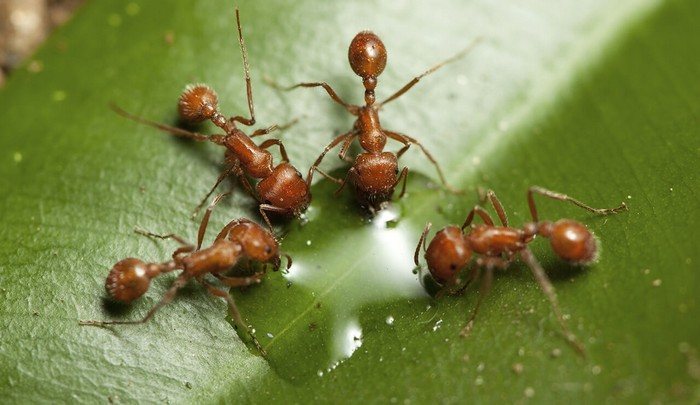
As a rule, folk remedies do not harm the treated plants. Many of them have a beneficial effect on its development, providing useful elements and substances.
Preventive measures in the fight against ants
When ants are just beginning to colonize a greenhouse, you can take preventative measures to prevent their spread.
- Loose, constantly cultivated soil in a greenhouse will not be liked by ants as a place to live.
- The absence of wet places under old boards and other material will eliminate one of the factors that attract insects.
- Spring and autumn sanitary treatment of the greenhouse will repel annoying insects.
Ants are “smart” insects. Seeing danger to the colony, they may evacuate their home to another location. It is important to remember that simply exterminating these insects will not solve the problem; new families will come to take the vacant place.Therefore, it is necessary to constantly create conditions in greenhouses and greenhouses that are unfavorable for their existence, combining and changing the means used.


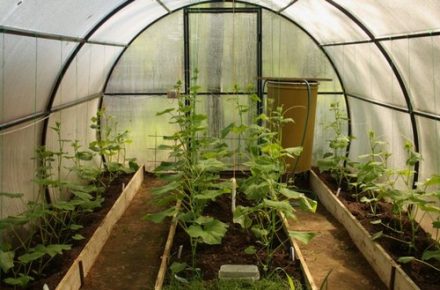
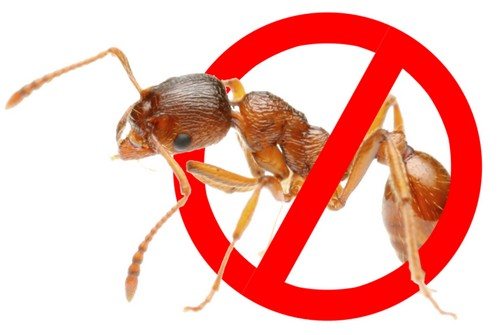
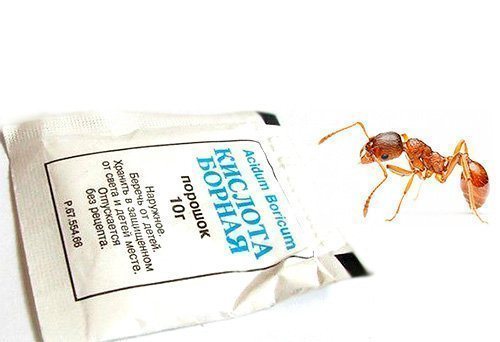
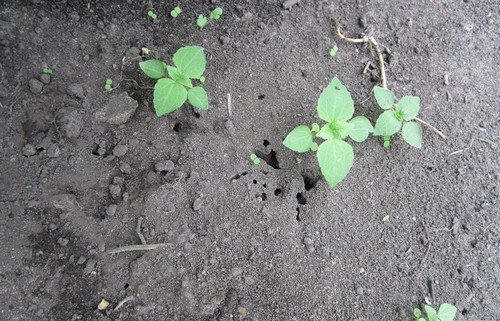

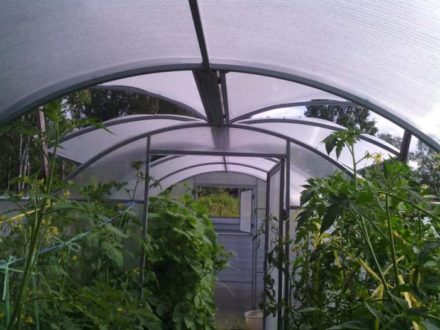
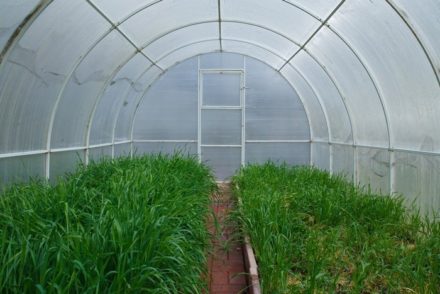
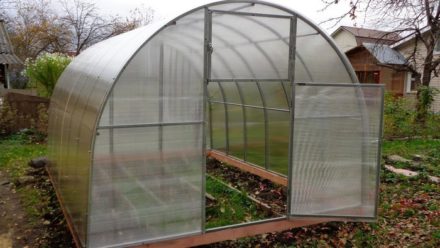
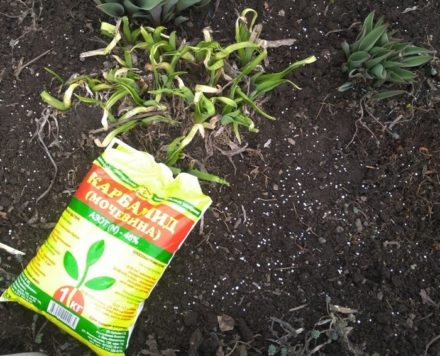

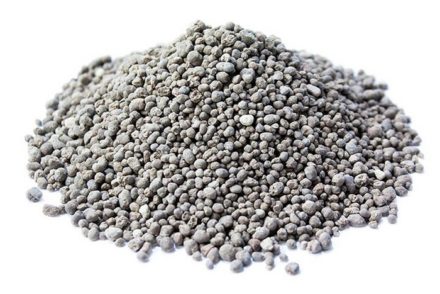
A very effective remedy is phytosporin stock solution.